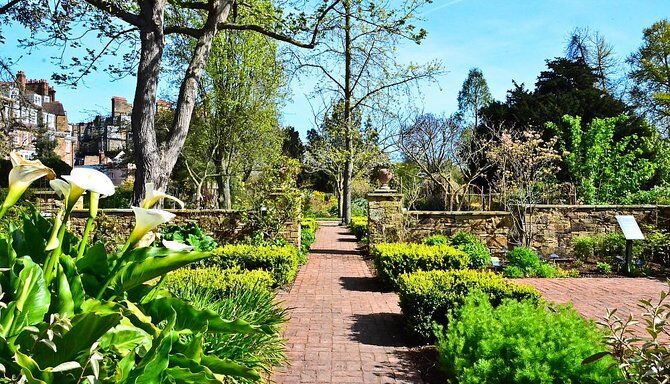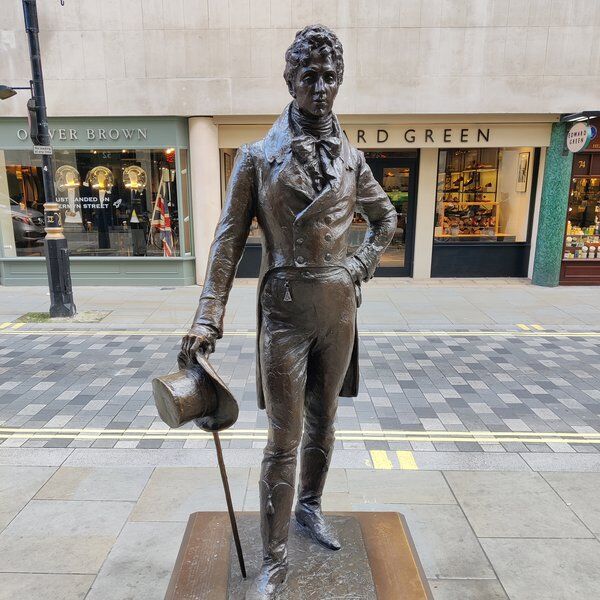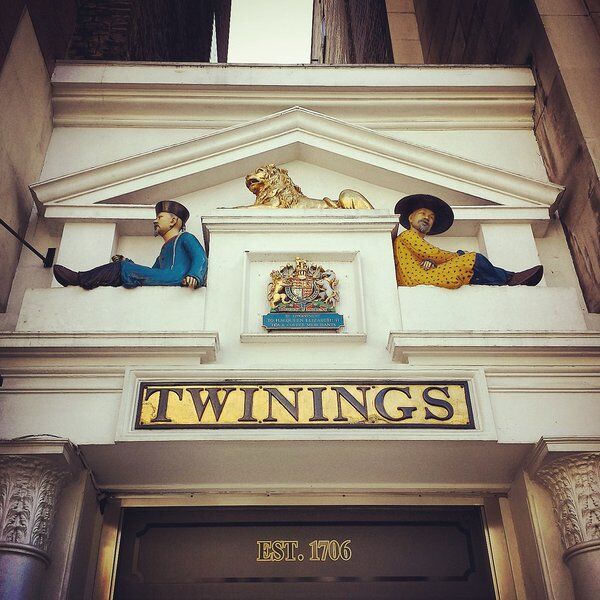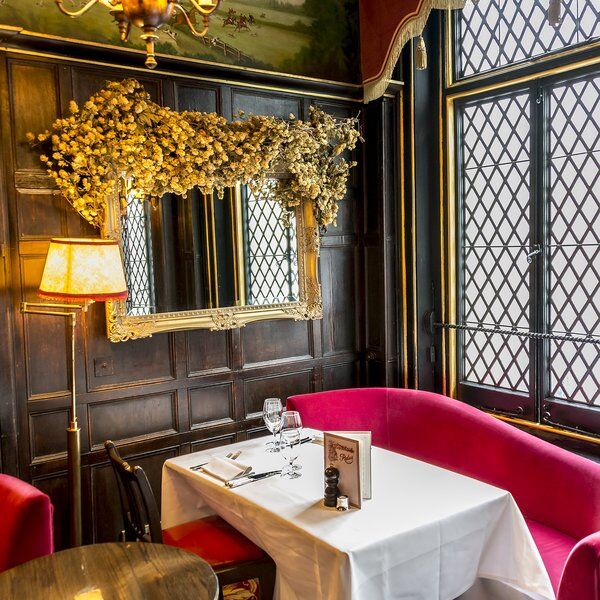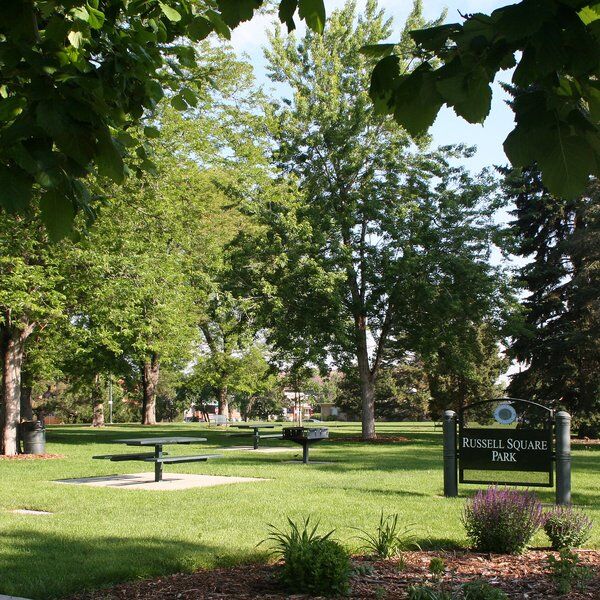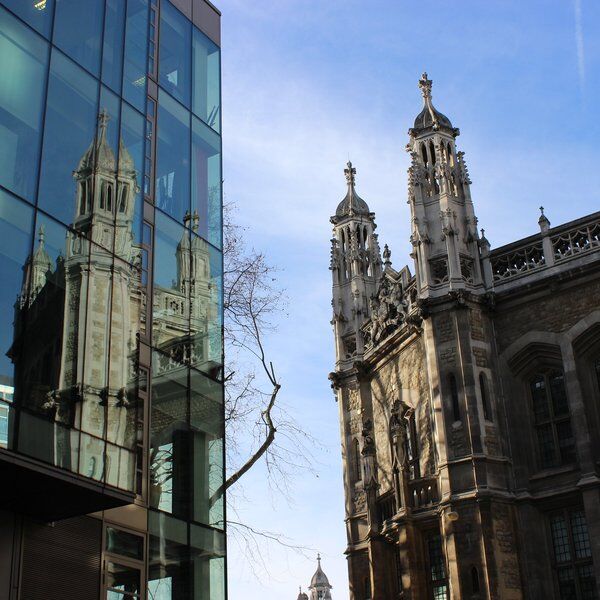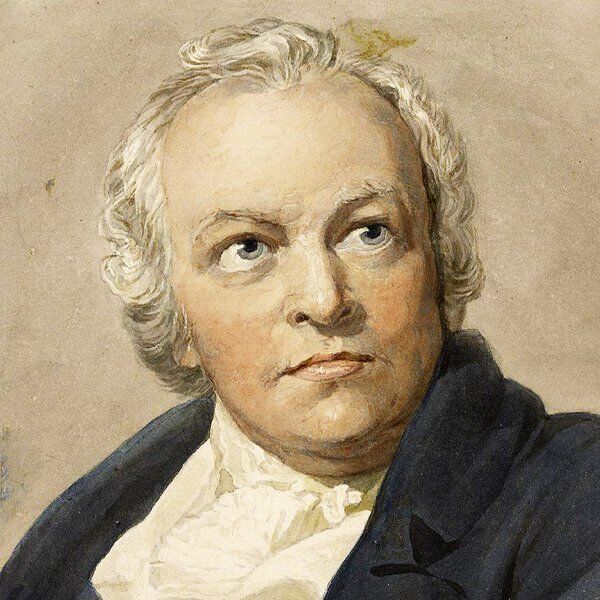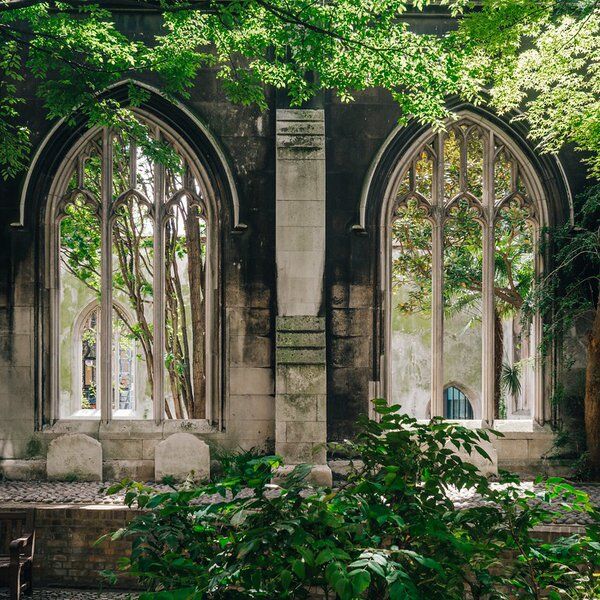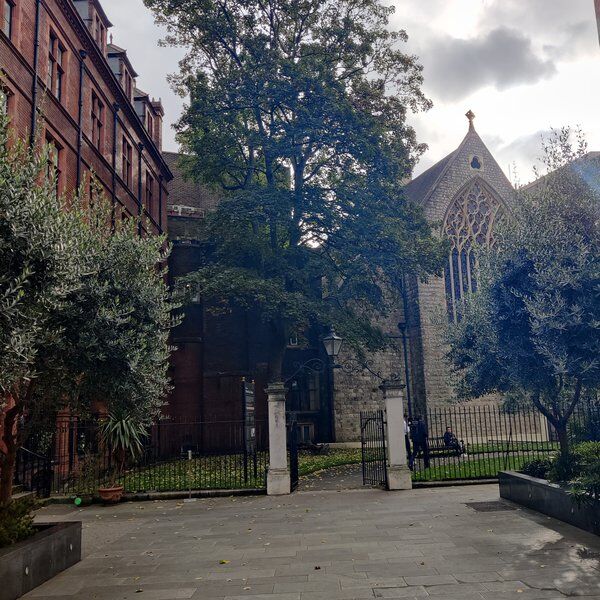
There are three things which have stimulated men throughout the ages to travel far and wide over the surface of the globe, and these are gold, spices and drugs. It is to the two latter... that we may trace the origin and foundation of botanic gardens.
People of today rarely need the above motivations to travel. Many will trawl the Earth's surface for the sheer hell of it. Had it not been for gold, spices and drugs, however, catching an Easyjet for a long weekend in Budapest might not have been so easy.
Travel used to be an arduous thing; back in the days of horse, cart and sail, one would require a strong motivation to set out on a 1000 mile journey. If you're to spend months at sea, then there had better be a good reson for it: freedom from aggressors, new lands to conquer, rare natural resources, wondrous plants that if used right could be made into medicines, spices and teas.
And that's where where Chelsea Physic Garden comes in.
It takes time and research to work out how to get the most out of exotic plants, and that's why botanical gardens were created. They gave botanists and apothecaries the time and space they needed to study exciting, new specimens, and extract maximum value from them.
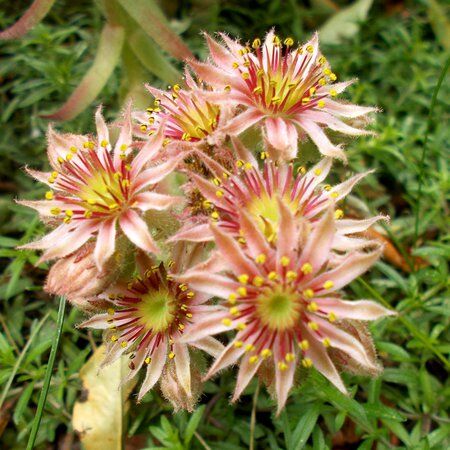
Botanical Science And The Founding Of Chelsea Physic Garden
In 17th Century Europe, botanical science was on the rise. Exotic bulbs were being imported from all over the world, to be germinated and studied. Who knew what secrets could be learned from these strange new plants, what medicines could be developed?
Cultivating them was not easy, however. They needed specialist care and observation. And so specialist gardens were set up all across Europe: The Botanical Garden of the University of Vienna, Paris' Jardin des Plantes, and London's Apothecaries Garden, aka Chelsea Physic Garden.
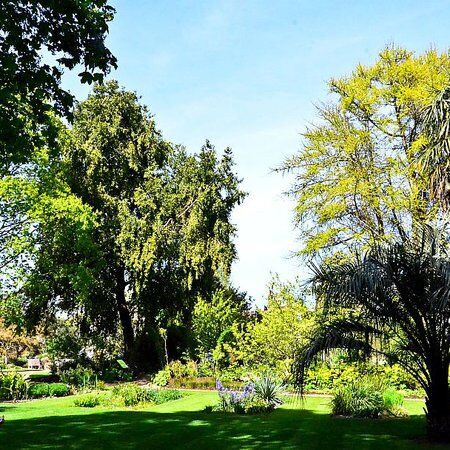
Chelsea Physic Garden Fluorishes
First established in 1673, Chelsea Physic Garden quickly developed into one of the world's most renowned Botanical Gardens. Its Seed Exchange Program- set-up in 1682 and still fluorishing- lead to huge growth in its reach and influence, and has had a lasting impact on the world of today. It was even responsible for the introduction of cotton into the US state of Georgia.
The garden was so successful that during the 18th Century it boasted the title of world's most richly stocked botanical garden. By this point, botany had developed from an anxillary subject used to support medicine, into an area of interest in its own right. Scientists and explorers were travelling the world, eager to add their own specimens to botanical collections. Chelsea Physic Garden and its counterparts were sites of huge cultural and scientific importance.
Over the centuries that followed, however, their significance faded.

Chelsea Physic Garden Today
Ease of travel, once responsible for filling them with wonders from every corner of the globe, eventually rendered them all but redundant. If you can import a grapefruit to the UK in a matter of hours, then why bother growing them? What were once Chelsea Physic Garden's crowning jewels now quickly became novelties.
But this was not necessaily a bad thing.
With reduced relevance came reduced exclusivity, gardens that were once reserved for the rich and influential could now soon be seen by people from any background.
In 1983, Chelsea Physic Garden became a registered charity and opened its doors to the general public for the first time. And it hasn't closed them since.
Today, anyone can enjoy its beautiful scenery and rare plants. Want to see the world's northernmost growing grapefruit, or Britain's largest fruiting olive tree, or medicinal plants arranged according to the ailment they were used to treat? You can do all this and much more at Chelsea Physic Garden!
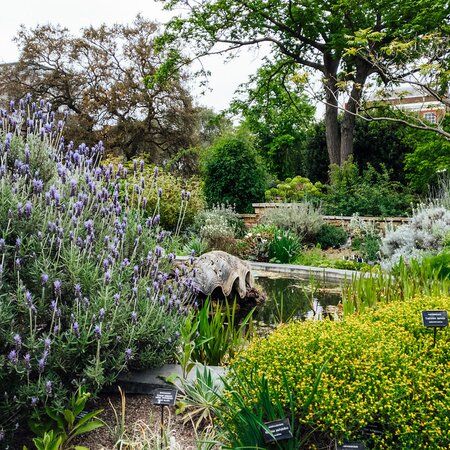
Interested in finding more places like this? Try one of our Treasure Trails in London - untangle cryptic clues as a team, as you are taken on a journey to the most unique, unusual and bizarre corners of London.
Or read more about London's strange and fascinating gardens in our posts on Highgate Cemetery, Mount Street Gardens, Brown Hart Gardens and Barbican Conservatory.
